To save a dying orange tree make sure it is watered deeply but the soil is not to wet. Rapid temperature changes can cause damage to the orange plant but you can protect them by top dressing with compost each year in spring and covering with a 2-3 inch layer of bark or straw mulch.
Make sure the orange tree is planted in good quality soil and they are given some slow release fertilizer in spring and fall.

This article will explore all you need to know about how to save a dying orange tree and easy steps to follow.
Top causes of orange trees dying
Here are the top 5 causes of dying orange trees and what you can do to fix it.
1. Not enough water
Orange trees can suffer if they are not getting enough water. Large orange trees will usually need irrigation throughout the year and especially in summer. Larger plants will tolerate some time without water but will start to show signs they are suffering with dry and brown leaves.
Over time whole branches can start to die off and the plant will stop producing flowers and fruit.
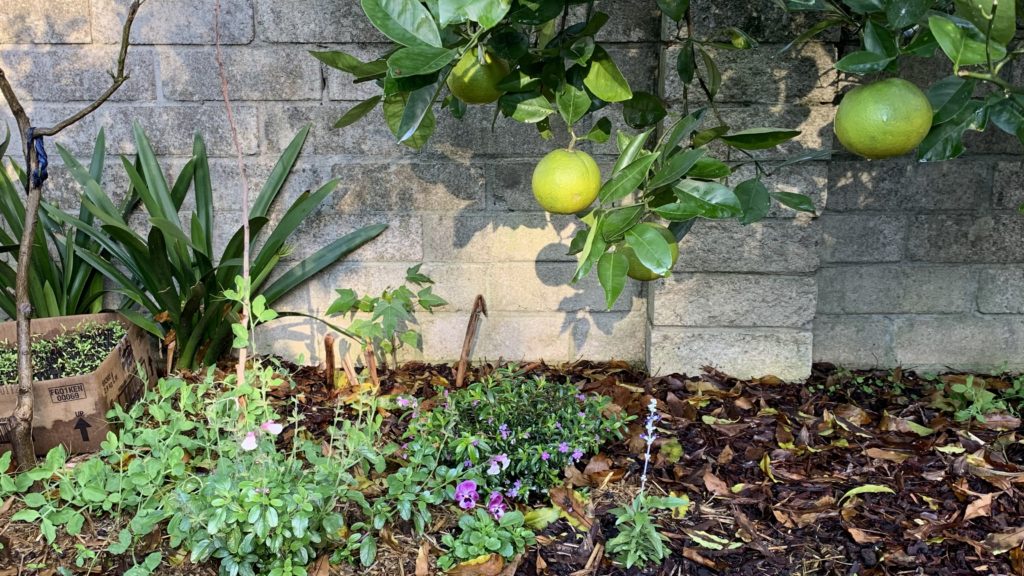
2. Too much water
Orange trees in pots can be overwatered if the pot does not have adequate drainage, if they are sitting on a pot tray or if they are growing in a self-watering pot. If you are watering more than every week then it may be getting too much water.
Extra water can cause the soil to lose nutrients, particularly nitrogen which will cause the leaves to turn yellow. The soil can become dense, lack oxygen and the roots can be attacked by fungal growth causing them to rot.
3. Rapid temperature changes
Temperature changes from very hot to very cold and the other way can cause damage to your orange tree. The leaves, flowers and fruit can be affected. The plant can drop its fruit and flowers in reaction to these temperature changes and the plant can suffer.
To protect your orange tree during rapid changes in temperature it is a good idea to top dress and mulch the soil. Add a thin layer of compost on top of the root zone and then cover with a thick layer of straw mulch. This will insulate the soil and roots, protecting the soil bacteria and your tree.
4. Not enough sun
Orange trees love a full sun position and if they are not getting enough they can slow their growth. If they spend too much time in the shade the plant will struggle to photosynthesize where it makes it own carbohydrates and it will struggle to grow.
Move potted orange trees into a full sun position if you can. Orange trees growing in the ground can be given more sun by trimming branches of nearby plants. You can actually thin the branches of your orange tree as well removing any branches that are rubbing together. This will allow more light into the inside of the tree and encourage more fruit growth.
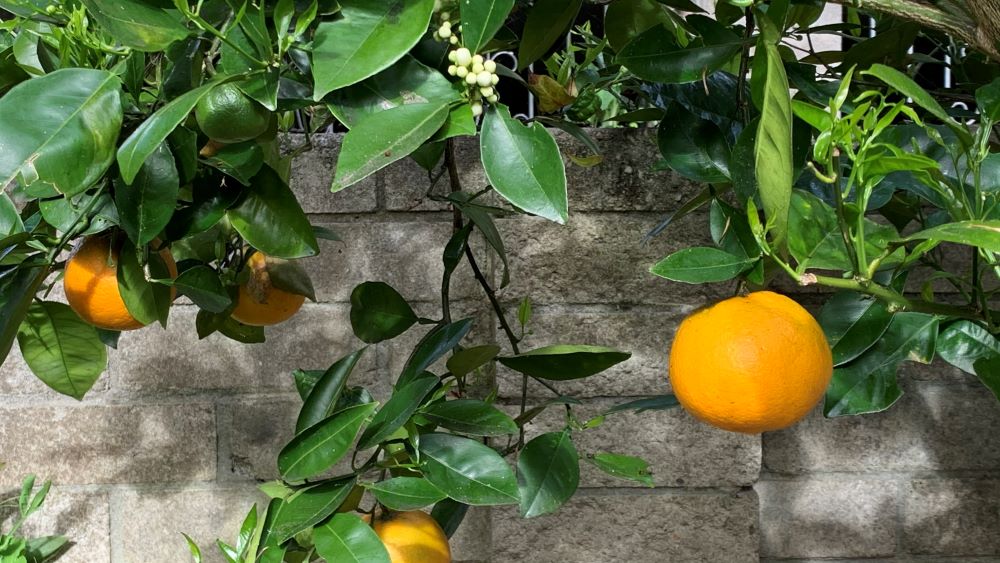
5. Poor soil
Soil that is too sandy or does not drain well can cause an orange tree to suffer and die over time. Before planting your orange tree it is important to mix through some compost, aged cow manure or aged chicken manure.
This will lighten the soil and allow it to drain well. It will also add some extra nutrients that will be broken down over time to feed the plant roots.
Easy steps to save a dying orange tree
Here are my top steps to save a dying orange tree at home in a pot or in the ground.
1. Work out if there is pest attack
Orange trees can be attacked by a range of pests but most are easy to deal with. Stink bugs can suck the sap from the stems but are easily squirted off with a hose. You can also use the same process to remove aphids or mealy bugs. Follow up with some eco oil and repeat until the pests have gone.
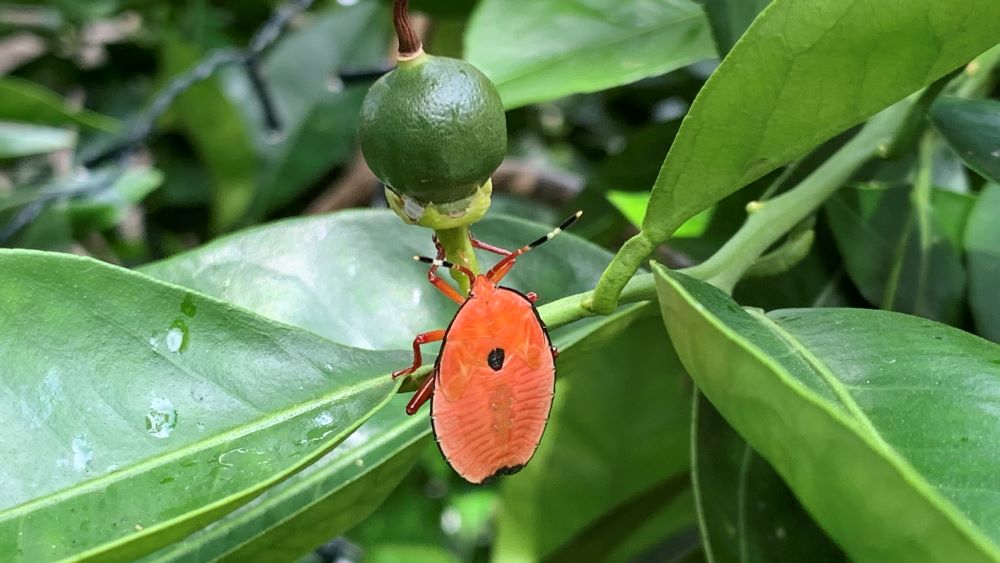
2. Water deeply
Balance the water to your orange tree by watering the plant deeply and less regularly. Watering an orange tree growing in the ground once per week in summer around the root base will usually be enough. Slow down the watering if you have regular rain.
Water potted orange plants every 4-7 days over summer. Reduce this back to once every 2 weeks when the weather cools and this will be enough. Allow the water to drain out the bottom of the pot and make sure it is not sitting in water in a pot tray.
3. Add some fertilizer
Add a few handfuls of pelleted chicken manure around the root zone of the orange tree in spring. You can repeat this again in fall before the weather cools in winter. Always water the fertilizer in well.
4. Prune any damaged branches
If there are broken, dry or damaged branches you can use a pair of sharp secateurs to remove them. Trim off any branches that are rubbing against other as they can cause an entry point for pests and disease.
5. Plant it in the ground
If your orange tree has outgrown its pot or is not recovering, you can move it to a spot in your garden. Find a spot that gets at least 6 hours of sunlight. Mix through some compost and aged cow manure through the soil so it drains well. Water the plant in well after planting to settle it in.
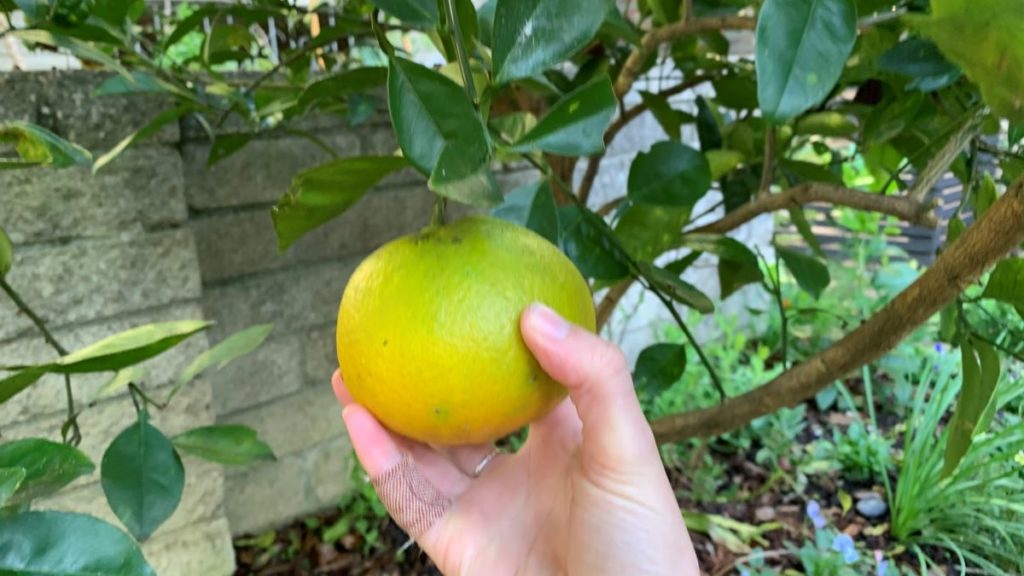
6. Top dress with compost
Each year in spring take the time to top dress your orange tree. Rake back the old mulch and layer a 2-3 inch layer of compost on top of the soil. Rake it over gently but don’t dig it through as it could damage the roots.
7. Mulch the plant
After top dressing or planting out your orange tree in the soil it is time to mulch the plant. You can use straw mulch, pea straw, sugar cane or bark mulch. Cover the root zone and try to keep the mulch away from the trunk to avoid watering being trapped and causing rot or pest attack.
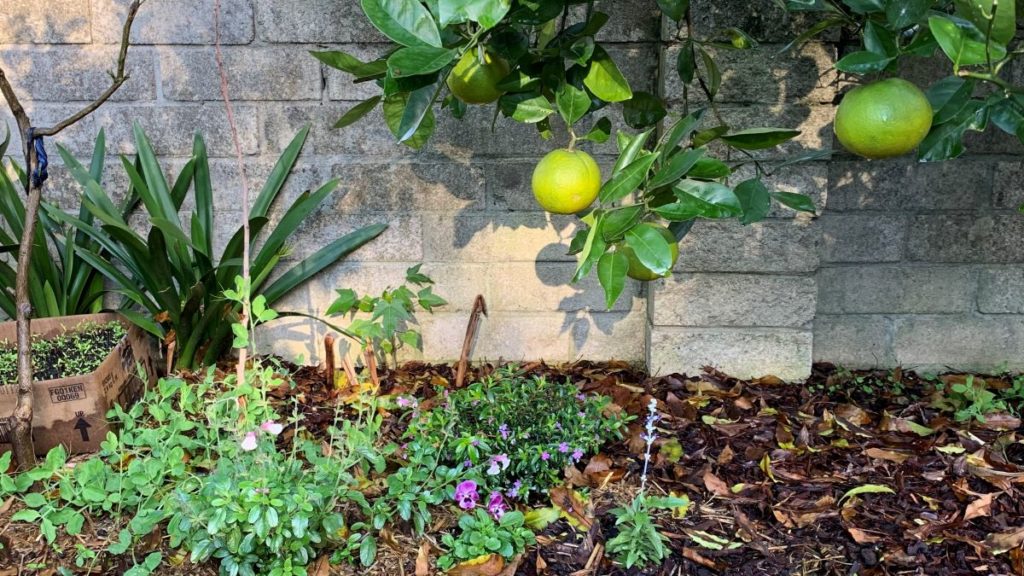
How to Save a Dying Orange Tree | Summary
Orange trees can be saved from dying if you can work out the cause. Proper watering can keep the tree healthy without too much extra help. Fertilizing in spring and mulching the plant can help to protect the roots, build up the soil and feed the plant.
Happy growing.
Orange Tree Articles
- How to Save a Dying Orange Tree | 7 Easy Steps
- Can orange trees survive winter? | Protect them from a winter FREEZE!
- Are orange tree roots invasive? | How far do they spread?
- Why do my oranges taste like lemons? | How to make them SWEET!
- Why is my orange tree dropping leaves? | + Easy solutions
- Orange tree is not blooming | 10 Problems and easy solutions
- How to pick oranges from a tree | Tips & Tricks
- Companion plants for orange trees
- Oranges not ripening on the tree | Why & What to do
I am an accredited practicing dietitian, experienced gardener and a dedicated cook. I love writing and sharing my experience so you can learn from my successes and mistakes.
